Japonism has its origin in the early 17th century Holland
and has influenced European artists in the 19th century.
In 1609 de Liefde (VOC) headed for Japan at the risk of their lives.
They encountered beautiful Japanese paper and took some back to Europe.
Rembrandt Harmensz van Rijn (1606-1669) is one of the famous artist
in the 17th century the Netherlands. He liked using beautiful Japanese paper called GANPI in his works.
Even though each part of history seems to be disconnected from each other, actually history is an accumulation
of small DNAs..
Then Japonism spread throughout Europe in the 19th century.
In the 21st century, Japanese paper goes beyond space-time and lives on to bring beauty around the world.
Now this paper is handed back to Dutch artists again, for them to work on it as an homage to History.
Holland Japonism
A new history of Japanese paper has just started.

This is a beauty’s message Japanese paper send beyond time and space.
It was V.O.C. that introduced this beautiful paper to Europe in 17th Century.
And eventually that caused a movement called Japonism in 19th Century.
Now artists who fell in love with Gampi or the paper made only in Japan are to connect
the past and the future by working it into modern arts.
1602 the Dutch East India Company was built.
1609 the Japanese paper “TORINOKO” was exported to Holland.
It is recorded in the Dutch trading house’s book.
1647 Rembrandt started using Japanese paper in his works.
1870 the art movement called Japonism started, in which Washi was very popular

Japanese washi was used in Holland 260 years before Japnonism.
Therefore we can speak of a pre-Japonism era in Holland, that I would like to call“Holland-Japonism”.
Rembrandt used to use a kind of washi called GANPI. This paper is very fine paper.
Washi lived on through time and space to bring beauty to the world.
As the hommage to Rembrandt, I want to ask artist to make a jewelry with Ganpi paper.
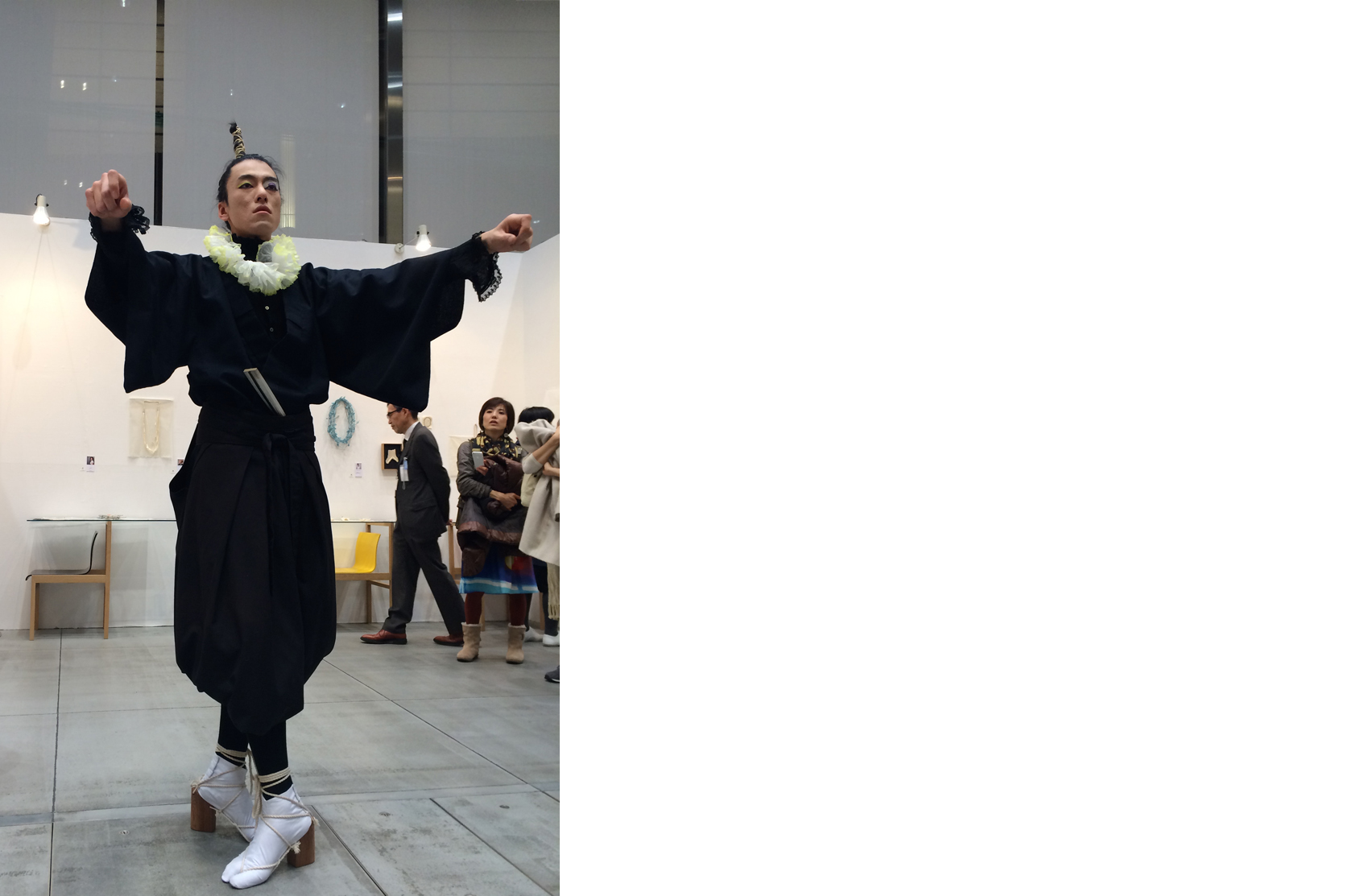
*Rembrandt: a painter, into making printings on Japanese paper at that moment
*Fujimoto: a cultural trader between Holland and Japan
Rembrandt: “Ah, at last! I had been waiting for you Mr. Fujimoto.How long has it been?”
Fujimoto: “About a half year, sir Rembrant. Here with the new papers sir.”
Rembrandt: “Hmm, this time is even better than the last time.Say the makers that it is very beautiful.”
Fujimoto: “Thank you sir… Sir? May I ask you one thing?”
Rembrandt: “Yes, what is it?”
Fujimoto: “What is the thing you wear? On your neck?”
Rembrandt:
“This is a new molensteenkraag(ruff) I ordered some time ago.
It is called “sunny ruff”, made by the Mino-washi paper you brought the last time, and I painted
on it a little. Cute isn’t it?”
Fujimoto:
“It is very beautiful sir, very beautiful indeed… It is lite as a feather,
and the light shines through in it as the lights in your paintings and… blah blah blah…”
Rembrandt:
“Well you can have that one if you like it that much… I will order a new piece for me with this
better papers.”
Fujimoto:
“Thank you so much sir, Thank you so much!… But I am just curious about the purpose of the
thing. Could you kindly tell me what you wear the thing for?”
Rembrandt:
“Well, then I have to show you my secret…”
Rembrandt told Fujimoto that he once saw a secret royal ceremony called “ballet” and his
soul is still soaked into it. It is basically translate your soul to gods and spirits via special body
movement. He secretly practices the “ballet” to become the sun god,
and the sunny ruff is a necessary item for the “ballet”.
Now what the “ballet” is like?
And how does it look like?
Could Fujimoto see it or learn it?
What are the things he brought back from Holland?
He came back to Japan three month after this…


PROLOGUE
From 1609 the VOC began making a yearly trip from Nagasaki to the capital in Edo.
Their caravan stretched 150 people long.
During the trip they made friends with the locals and shared each other’s culture.
Japanese particularly were interested in Dutch medicine and had the doctors examine
them. The VOC brought many souvenirs of Europe.
The Japanese interest in foreign products and Dutch culture influenced the design of
Japanese products.
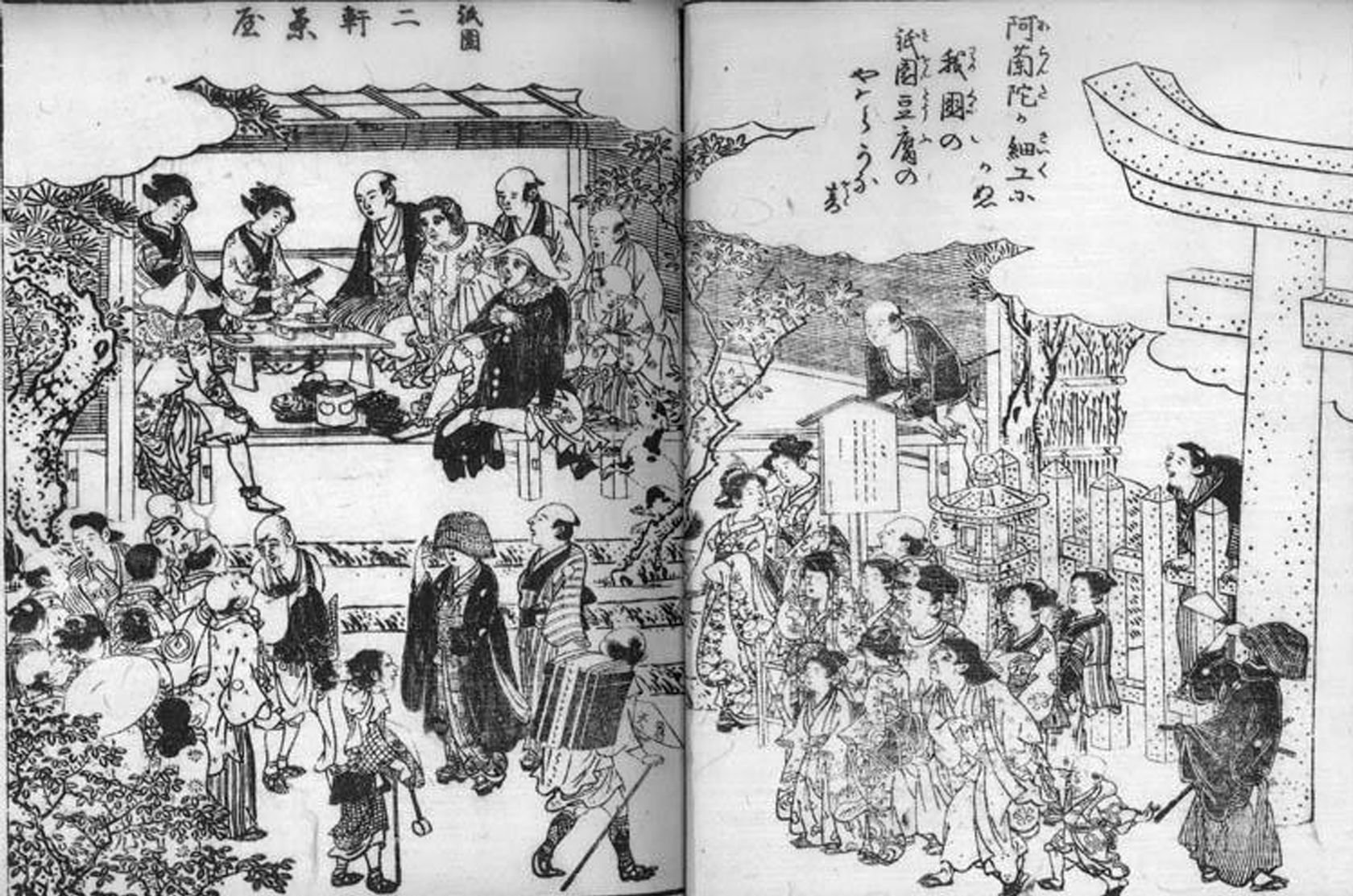
The meetings of the locals of Japan and the high culture of Holland led to many anecdotes in that time.
When the people of the V.O.C. stayed in Kyoto, a lot of the local Japanese people gathered at those places to learn about the Dutch culture.
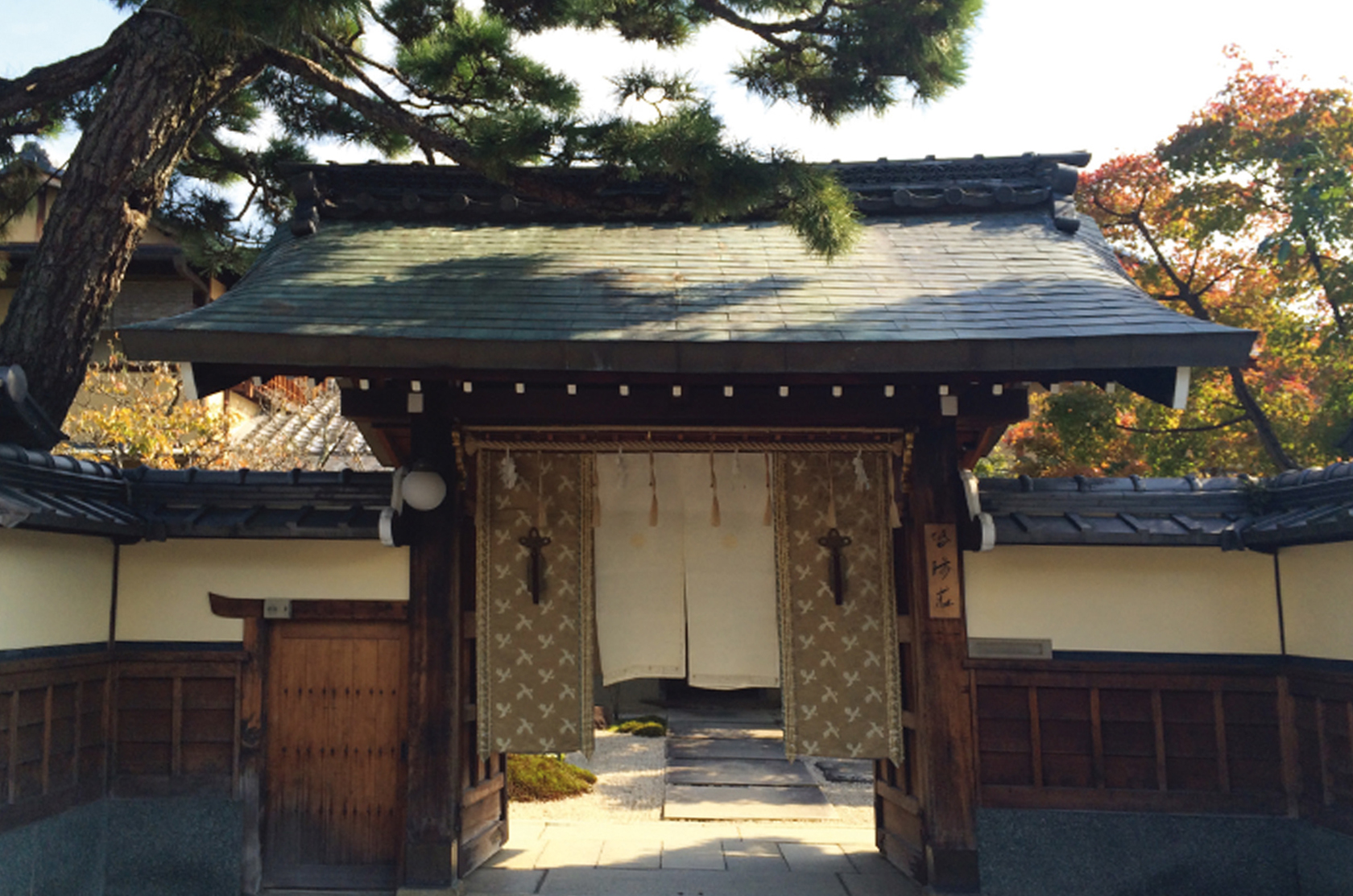
Follow the historical context, I selected Kyoto for the last place of exhibition,
HOLLAND JAPONISM This is also an experiment to transcend time and space. What will we discover at the end of this journey?
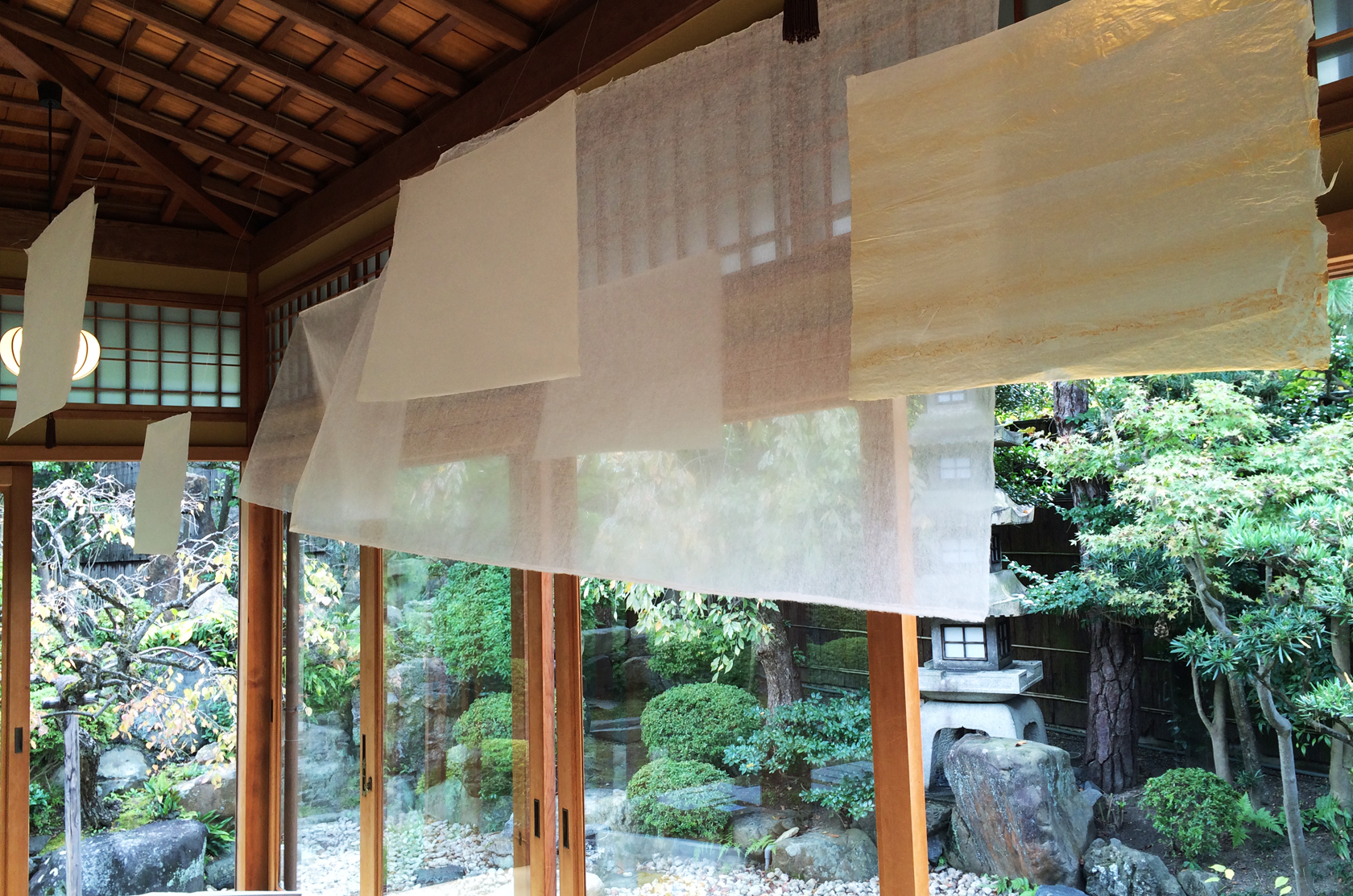
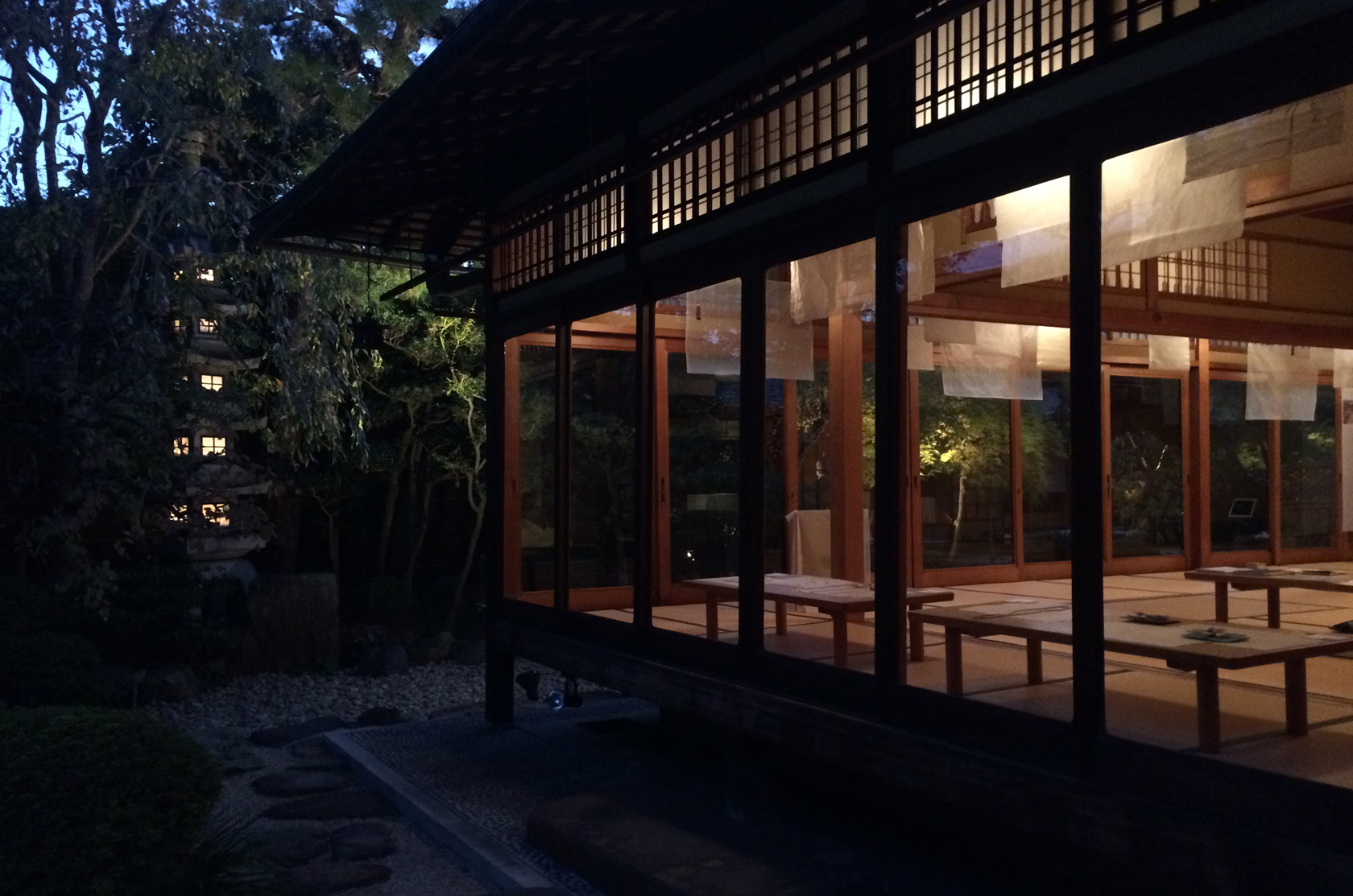
Therefore, the last stop of the Exhibition “Holland Japonism” is being held at Lakuyohsou,
which is known as a historical house of nobleman.
It was owned by the Yamashina family of aristocrats who were in charge of coordinating outfits
for the imperial court during the Heian period. (794-1185)
The emprial motive of the Chrysanthemum appears in architectural elements of the building.
Creating a new shared culture between Japan and the Netherlands at the Lakuyohso, Kyoto, Japan.
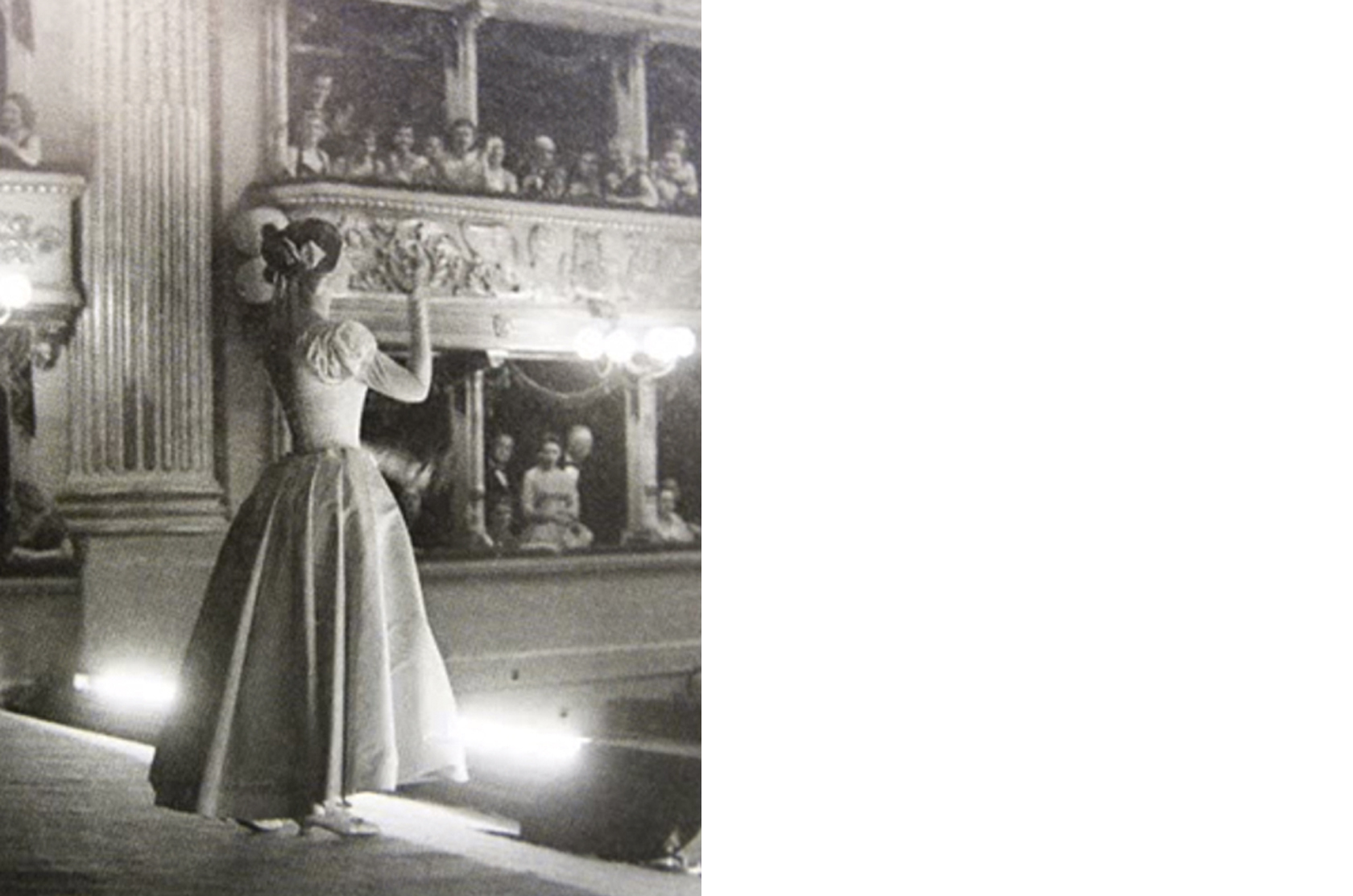
In the 17th century every year, people of V.O.C come to Edo from Nagasaki. On their way to Edo,
they stop in Kyoto and pay a visit to the town.
In this context, I chose Kyoto as the last stage of this story, as an homage to our shared history.
To invite Rembrandt and people from V.O.C to a ceremony beyond time and space, as well as telling a story that
connects past and future, I held an exhibition here at Kyoto.
That is HOLLAND JAPONISM x A CAPPELLA.
All women are muses who can create everything.
All Goddesses in Japan are shrine maidens and goddesses of fertilities who have a very rich spirit.
I would like to invite the muses to sing A CAPPELLA.
With one voice weaving with another, it is like a beautiful fabric dedicated to God.
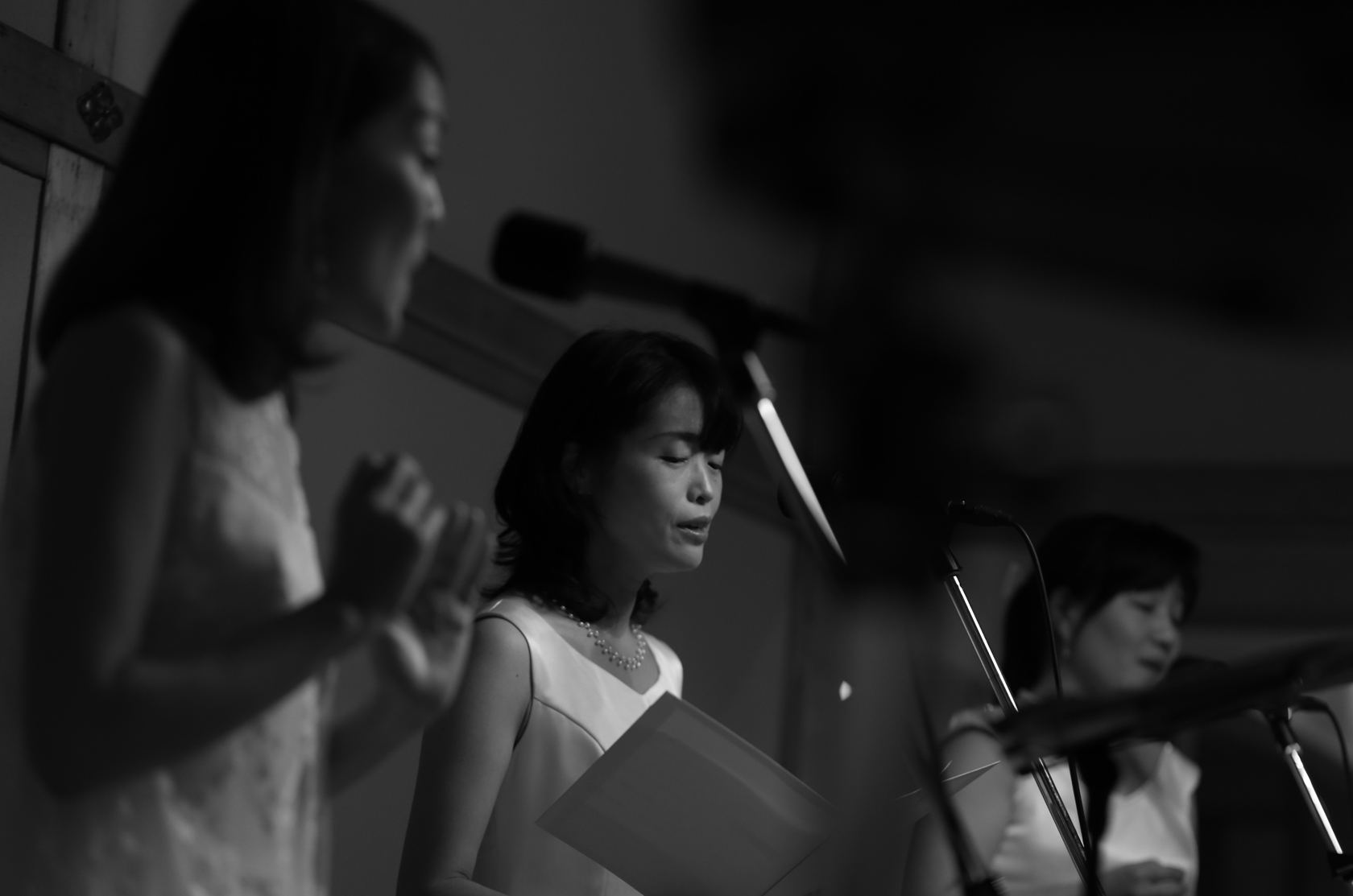
All women are muses who can create everything.
All Goddesses in Japan are shrine maidens and goddesses of fertilities who have a very rich spirit.
I would like to invite the muses to sing A CAPPELLA.
With one voice weaving with another, it is like a beautiful fabric dedicated to God.
The Music touches our heart and changes our emotions easily. It connects people with things beyond reason,
such as the feeling of love, happiness and beauty.Jewelry has the same power.
Jewelry also touches feeling of people and connect people with untouchable experience. When we would
live without words, we could still use music to express our feelings.
Music can capture and make concrete our feelings when we see something beautiful.
I believe that when
people see beautiful things,
they want to keep and cherish the experience of beauty that is kept in people’s
heart.
Perhaps the Jewelry was created leading to these reasons.
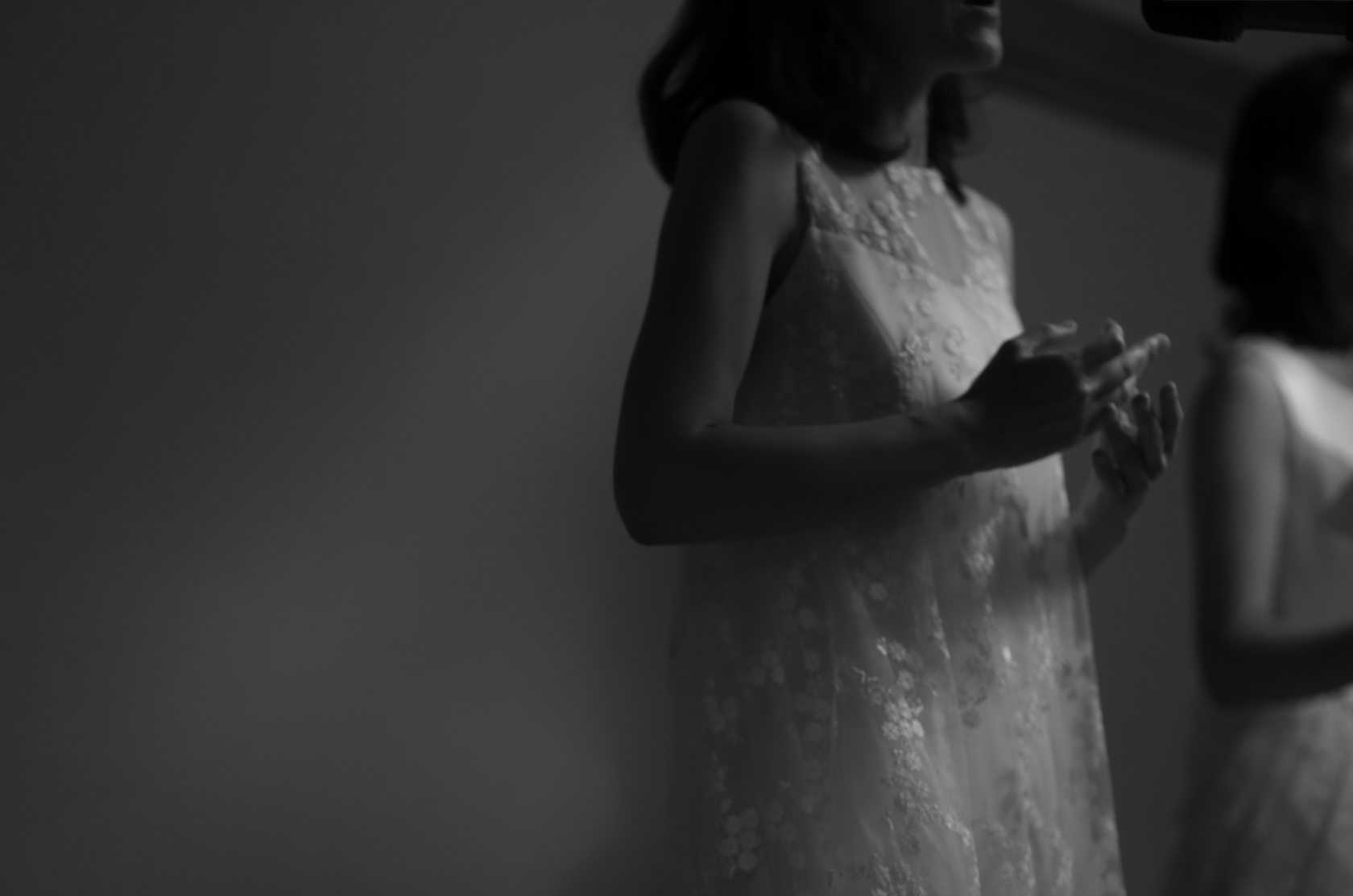
The muses sang with a resonant voices, which are clear and serene on the stage.
There was a moment that included fragments from the past and the future,
overlapping and co-existing next to each other.
Between the small weaving,
the songs sparkled like cleaving lights …in a blooming voice.
Then the arrow was released. An invisible arrow of light
Released beyond the layers of existence, space and time.
Beauty was released to the world beyond these layers
An act of penetrating with beauty…
This beautiful arrow pierced people’s heart beyond space and time.
this is a beauty’s message Japanese paper send beyond time and space.